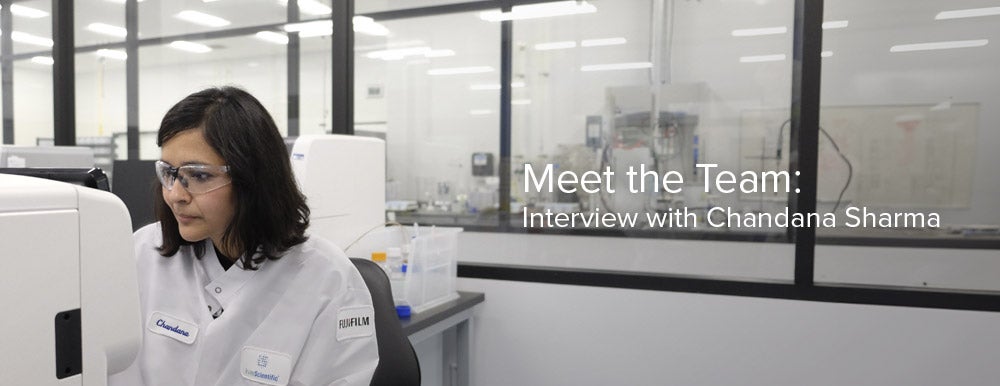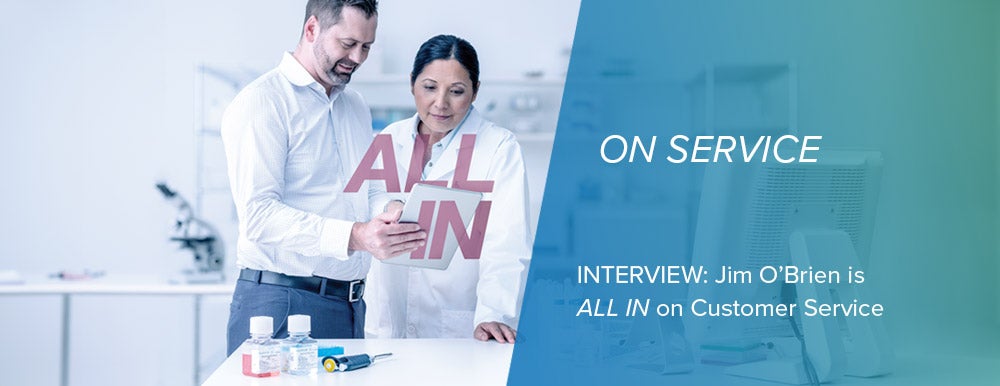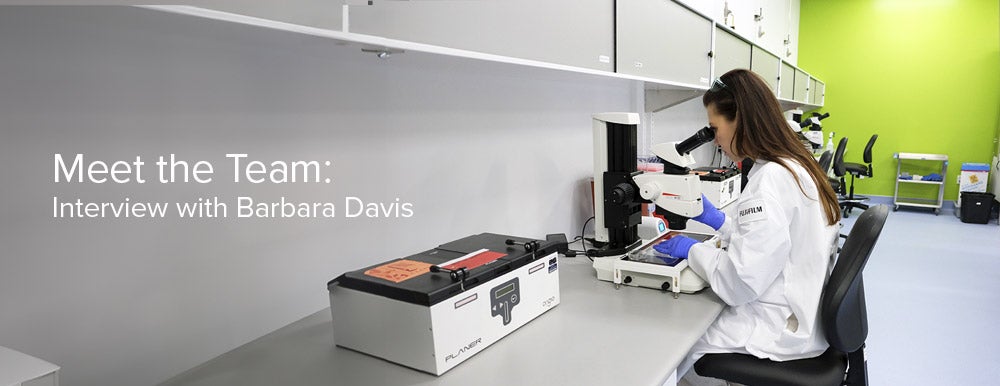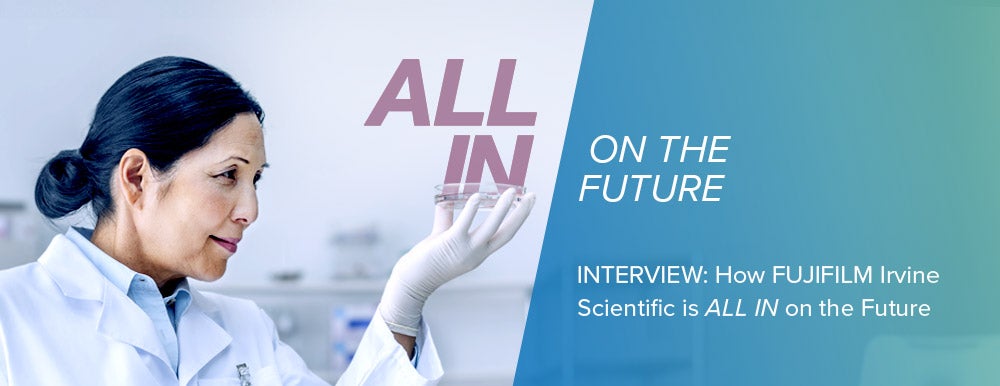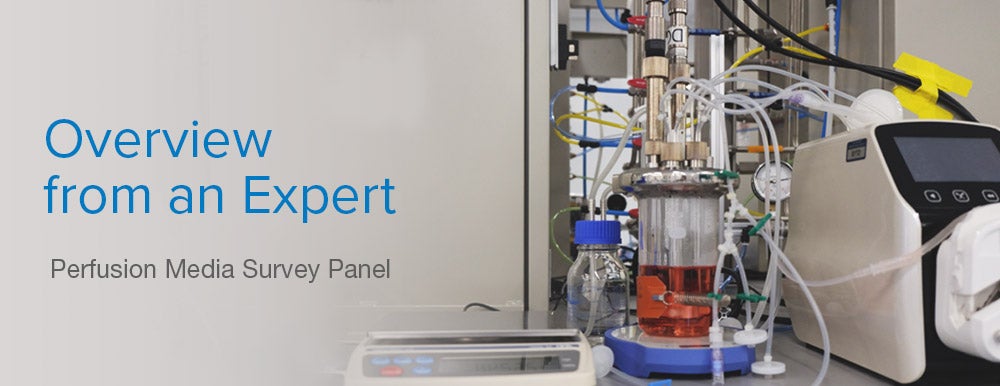We use cookies to make your experience better. To comply with the new e-Privacy directive, we need to ask for your consent to set the cookies. Learn more.
Media Survey versus Media Screen: The Key Differences Between the Two Strategies
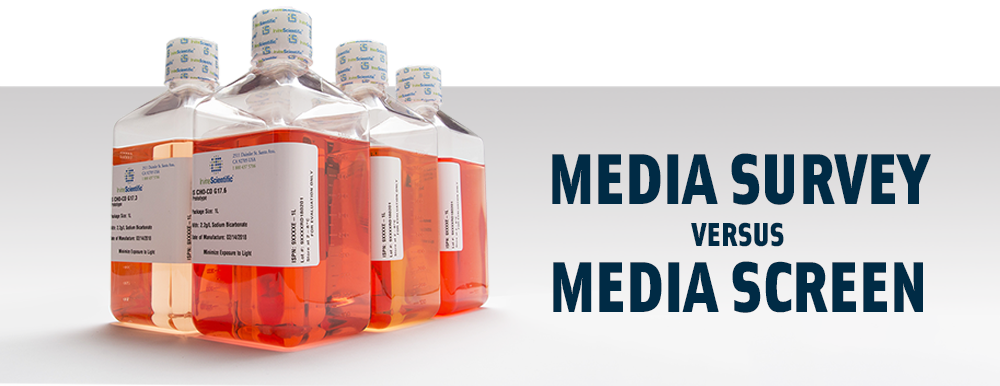
We recently sat down with Catherine Nguyen, a rising scientist at Irvine Scientific who oversees our Media Survey Panel program, to discuss the key differences between a cell culture media survey and a media screen—and why these differences matter. Find highlights from our discussion below.
Q. Let’s start off with a rather basic, but important question: What is the Media Survey Panel?
A. The Media Survey Panel, often shortened to MSP, refers to a panel of custom selected media sourced from our extensive media library. The media library element is significant, as our library has been developed over the course of the company’s lengthy history. Many of the formulations were developed to specifically address a vast array of cell types and our customer needs and goals.
Q. What are the differences between a media survey and a media screen?
A. So, a screen is basically taking a large selection of media and evaluating it—the customer’s needs and individual goals aren’t necessarily taken into account. Rather, a screen just supplies an array of formulations to try and evaluate how it effects the chosen cell line. It’s a guess and check approach.
On the other hand, what Irvine Scientific offers is a panel, which takes much more of a strategic approach to helping clients achieve their individual goals. For example, our media specialists take an in-depth look at what the customer is doing, considering both their cell line and their process, and then pull from the varying media within our library to test specific formulas that we believe will work most effectively with their cell line.
Basically, the panel is a more targeted and individualized approach to media selection. We’re leveraging our expertise to pull together a selection of media we know has the potential to produce the desired outcome for a client’s cell line.
Q. Can you provide more information on how you select which media to include in the MSP?
A. Sure. The selection process is nuanced and depends on what the customer has told us about both their cell line and their desired outcomes. However, typically we start off with our Field Application Scientists working very closely with the customers to evaluate their goals and examine their current data. They will often arrange a phone conference with the customer and our R&D team to really answer all their questions and set up the Media Survey for success. It’s those one-to-one conversations that allow our scientists to get a strong sense of what the customer is aiming for and provide appropriate recommendations. For example, if the customer is using a particular cell line we know does not pair well with specific formulations, we will completely avoid that medium all together. Alternatively, if a customer tells us their cell lines don’t grow as high as desired, we may recommend a leaner feed vs. a richer feed—as a richer feed may just be too much for that cell line. We also want to make sure we are syncing the growth media and feeds as early as possible, finding the “perfect pair”, so to speak, to save time and resources. At the same time, the enormous selection of media prototypes we can draw from gives the customer a high probability of finding a great option for their process.
Since this process is unique to each customer, the questions we ask and the criteria we use to evaluate which media to include in their survey vary. We strive to understand the customers’ desired goals; once we understand those, we tailor our approach to ensure they are only testing formulas that have the real potential to achieve their goals.
Q. Why do the differences between a media screen and a media survey matter to a customer’s long-term objectives?
A. The MSP offers a truly personalized approach to cell culture media selection, which can have a profound impact on identifying not only the right cell culture media for their cell line—but also the specific combination of growth and feed media to expedite the entire process for the customer. Our media are also all chemically defined and animal component-free—which can help a customer move into production seamlessly and with minimal interruption. Additionally, most customers rapidly identify a well-performing medium directly from the MSP since our library was developed from various projects and cell lines over the years. From there, if necessary, we can always work with a customer to further improve the formulation for their cell line and process.
Finally, the MSP offers clients one-on-one guidance and technical support, which can help save them both trouble and time during evaluation. It’s a streamlined, targeted approach to media selection, and for large organizations, where time and money are synonymous with one another, it can help them reach their long-term objectives more economically.
In contrast, a media screen is just a simple guess and check approach, the entire process can take much longer and require many more experiments before the right formulation is identified, if found at all.
Q. Once the MSP is complete, and a customer has settled on a prototype for their needs, what happens next?
Successful media can be manufactured in pilot scale through our Express Media Service (EMS) program in just ten business days. Alternatively, the initial prototype from the MSP can be further optimized through the Media Development and Optimization Program, which offers customers an even more personalized approach to media development. And once the perfect formula is locked in, large volumes of custom media can be manufactured in our state-of-the-art cGMP facilities in California and Japan.

With over 45 years of industry experience, Irvine Scientific is focused on providing the highest quality cell culture media. We are dedicated to bringing life to products, and ultimately, to the patients who benefit from the resulting therapeutic advances. World-renowned for our unwavering commitment to full-spectrum partnership, Irvine Scientific has defined the industry standard in support, innovation, and best-in-class turnaround time.



